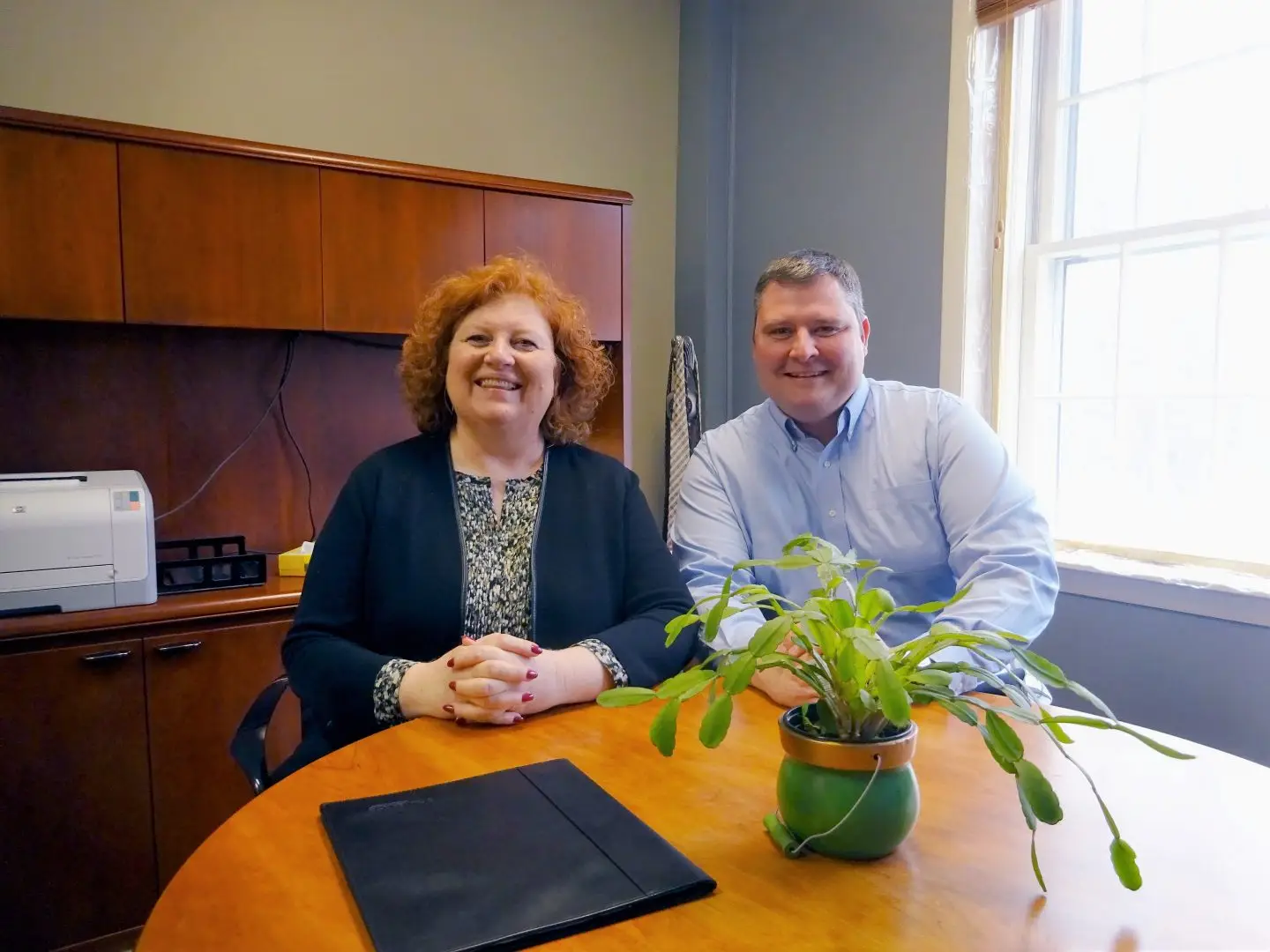Each year, under the Jeanne Clery Disclosure of Campus Security Policy and Campus Crime Statistics Act (The Clery Act), all colleges and universities that receive federal financial aid are required to maintain and disclose information, data and statistics regarding crime on and near their campuses. Each year, this information is collected and released in a formal report at the start of October, covering the reports from the previous year.
Previously, The Penmen Press released our annual infographic covering and displaying this information for ease of consumption for the SNHU Community. Since then, we were able to meet and discuss this data with key faculty members and SNHU leaders to gain more insight into the 2016 statistics and reports.
Speaking with Jay Tifone, Director of Community Standards, he shared that, while the Clery Report does not denote time of year for referrals and violations, the Conduct Office does track the time of year and notes a consistent pattern. “The number of violations is always highest in September,” Tifone said. “Incidents decrease throughout the semester, with a spike around Halloween and the last week of classes. The number of incidents bumps up the first week of spring semester, then settles down for the rest of the term.”
Officer Jim Winn, Title IX coordinator for University College stated that with this report, there is an increase in transparency, both for current students and for potential ones. “One of the main purposes [of the Clery Act] is really so that when families and students are picking where they want to send their child to school that they can make an informed decision.”
One key aspect that both Winn and Tifone highlighted was the rise in drug referrals and violations in the past three years. According to the reports from the past three years, 2014 saw 17 drug referrals, 2015 saw 68 and this past 2016 saw 114; as compared to alcohol referrals which have been relatively comparable throughout the past three years (The Clery Report, 2016). Tifone commented a hypothesis that suggests that “our drug-related referrals may be related to the legalization of marijuana in neighboring Massachusetts and Maine, as well as the approval of medicinal marijuana in New Hampshire and decriminalization of marijuana across much of New England.”
Another key aspect of the report are the sections focused on Title IX and the Violence Against Women Act. According to SNHU’s website, “Title IX of the Educational Amendments of 1972 protects individuals from sex discrimination in educational programs and activities at institutions that receive federal financial assistance. Southern New Hampshire University is committed to providing an environment free from discrimination on the basis of sex. Sexual harassment, which includes sexual violence, is a type of sex discrimination and is prohibited under Title IX and by the University.”
The primary focuses in Clery reporting, that most people tend to gravitate towards analyzing are the numbers sexual misconduct. Due a change in categorization for the 2015 year, sexual misconduct cases are no longer sorted into “sex offenses forcible” and “sex offenses non-forcible,” but rather predominantly into “rape” and “fondling.”
Between 2015 and 2016, numbers for reported rapes have increased from 3 to 5. Brooke Gilmore, Director of the Women’s Center shared her thoughts on this perceived increase.
“It may seem counterproductive, but when we’re doing our job better, in terms of Title IX and prevention education and outreach to students, our numbers should go up. Because what this is indicating is reports and not incidences. Because as we know from statistics nationwide, many more incidences of sexual assaults and rape go unreported than reported. So, what this trend is telling me is not that there were more instances, but that people were more aware of their ability to report and what avenues they could go through to report… These numbers don’t tell us what is happening but rather what is being reported.”
Becca Lawrence, SNHU’s Title IX Lawyer, also shared her thoughts on this, confirming that an increase of reports could be simply such: an increase in reports. She stated that this increase has not been an uncommon trend at other universities, as “a lot of schools saw increase in reports, because we had new regulations. You change policies, you make new programming, and you push it out, and then you get more reports, because now more people know that there’s this process, this office, [and] prevention.”
Many initiatives are taken throughout different corners of the university to increase awareness of the ability to report, as well as the support offered to survivors.
The SNHU website also states that “the University encourages any student or employee who thinks they have been subjected to sex discrimination or sexual harassment, including sexual violence, by another student, member of the faculty or staff, or campus visitor or contractor” or to report directly to any of the following: Title IX Coordinator/Equity Officer Rebecca Lawrence (r.lawrence2@snhu.edu), Deputy Title IX Coordinator for University College Jim Winn (j.winn@snhu.edu), Deputy Title IX Coordinator for Staff and Faculty Danielle Stanton (d.stanton3@snhu.edu), or Deputy Title IX Coordinator for the College of Continuing and Online Education (COCE) Michael Graskemper, (m.graskemper@snhu.edu).
While the Clery Act “Annual Security and Fire Safety Report” is only released once each year, the work in all of these offices is year round.
Both Jay Tifone and Jim Winn ended, sharing the work that is done through their offices while also highlighting their purpose and intentions throughout the year.
Jim Winn discussed the importance of relationship building across campus. “We want to feel that students know they can approach us. We’re going to help them, guide them, advise them, and support them. The only way you do that is by taking the time to create relationships.”
Similarly, Jay Tifone emphasized that “the hearing officers have worked hard to be very transparent throughout the conduct process – ensuring that students know their rights and responsibilities, understand the charges that they face and have the opportunity to present their account of what occurred. Additionally, we’ve worked hard to remember that a hearing can be an incredibly difficult experience and that a hearing officer’s kindness, support and willingness to genuinely listen all help temper the sting of accountability.”




